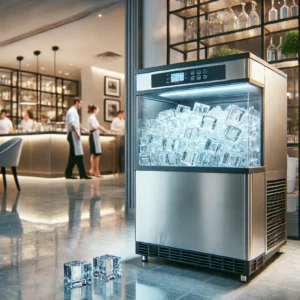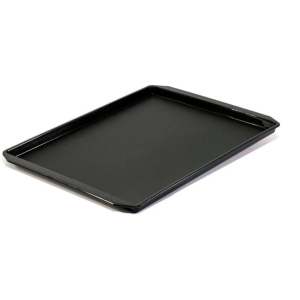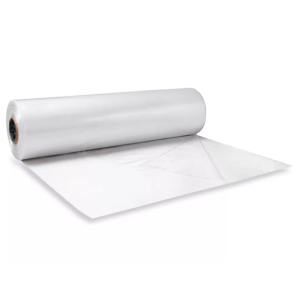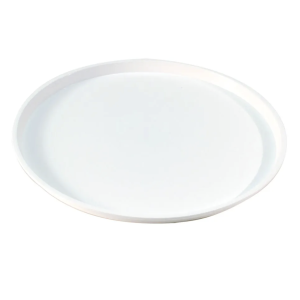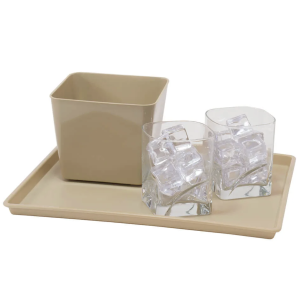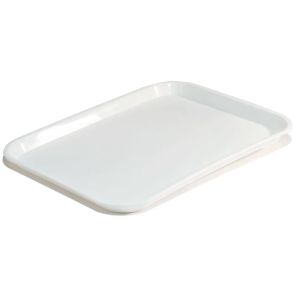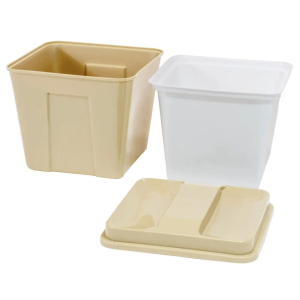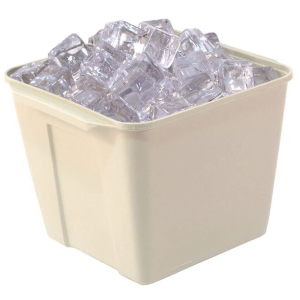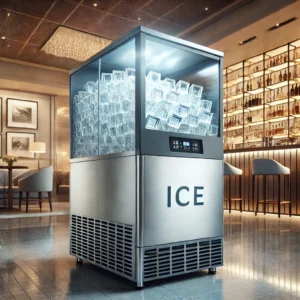

Ensuring the well-being of food is paramount in any establishment that prepares or serves food and beverages. While water may often be considered a basic necessity, ice—an essential component in many drinks—can pose significant contamination risks if not handled properly. This article aims to identify effective strategies for guaranteeing that your ice-making machines deliver clean, safe ice to consumers.
1. Regular Cleaning and Maintenance
Maintenance is critical for ensuring the cleanliness of ice machines. Key practices include:
- Scheduled Cleaning: Adhere to the manufacturer’s guidelines regarding the frequency of cleaning. Reach-in ice machines should be scrubbed clean every 1 to 6 months, depending on usage and other factors.
- Deep Cleaning: Regular cleaning should be supplemented with deep cleaning, which may involve disassembling parts of the machine to remove mold, slime, and calcium deposits effectively.
- Water Filters: Regularly replace water filters to ensure that clean water flows into the machine, free from contaminants.
2. Correct Transport and Preservation of Ice
Even with a clean ice machine, improper handling can lead to contamination:
- Use Clean Utensils: Avoid using hands, mouths, or any objects that have contact with food to scoop or transfer ice. Always use sanitized scoops or utensils to prevent introducing bacteria.
- Store Ice Correctly: Keep ice bins airtight and refrain from placing any items, such as drinks or food, on top of the ice bin. This practice helps prevent cross-contamination and reduces the risk of foodborne illnesses.
3. Staff Training and Hygiene
Educating staff on the significance of ice hygiene is essential:
- Training: Provide comprehensive training on proper ice handling and machine cleaning procedures. Emphasize the use of personal protective equipment (PPE) when necessary.
- Hygiene Practices: Encourage frequent handwashing and the use of gloves when handling ice or cleaning the machine to minimize the spread of bacteria.
4. Regular Inspections
Conducting regular inspections helps identify potential issues before they escalate:
- Visual Inspections: Periodically inspect the machine for signs of mold, slime, or any unusual odors.
- Professional Inspections: Consider scheduling regular assessments by a qualified service technician to ensure the ice machine operates efficiently and effectively.
5. Keep the Environment Clean
Maintaining a clean environment around the ice machine is crucial for preventing contamination:
- Clean Surfaces: Frequently clean floors, walls, and countertops to prevent dirt and debris from entering the machine.
- Ventilation: Ensure proper ventilation in the area to minimize humidity, which can foster mold and bacteria growth.
Conclusion
By implementing the best practices outlined above, you can ensure the production of clean ice from your machines, thereby promoting the health and safety of your clients while enhancing the reputation of your business. Key measures include regular cleaning, proper handling, and staff training, all of which contribute to a safe ice production process.
Leave a Replay
About Us
At IceForHotels.com, we understand the pivotal role that ice plays in the hospitality industry. From refreshing beverages to preserving perishables, ice is an essential element of every successful hotel and resort.


